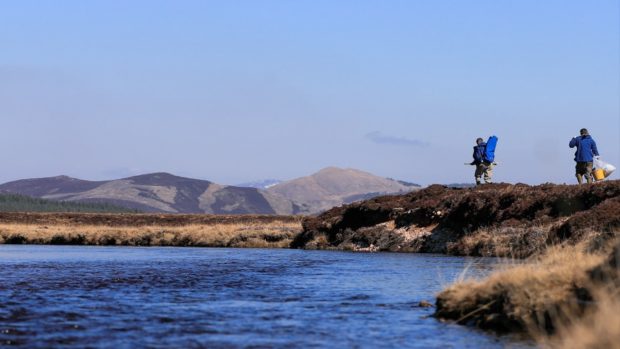Dead deer legs are being placed in a north-east river to help boost salmon survival rates.
The scheme is being trialled at the River Muick, with legs from locally culled deer being placed in clusters at various points along the river.
In the past, adult salmon would die and nutrients from their carcasses would help increase insect populations, providing food for younger fish.
However with the number of adult salmon returning to the river from the sea plummeting, there is now a scarcity of food in the water.
It is estimated that for every 100 salmon which migrate from rivers, five return, whereas 40-50 years ago around 40 would have made it back.
The River Dee’s fisheries board and trust have partnered with the James Hutton Institute to test the impact of the initiative.
Ross Macdonald, fisheries development officer, said: “In times past when there were thousands and thousands of salmon in the river there were lots and lots of carcasses which would provide nutrients to the aquatic environment.
“Over time the number of adult salmon returning to Scottish rivers has dropped quite markedly meaning the number of carcasses are declining as well.
“We have got bundles of deer legs placed in different clusters across the river, in different volumes, and plan to monitor the impact.”
The organisation will monitor the differences in numbers of young salmon via electro-fishing, a permitted process where a light current is used to stun the fish so they can be counted.
Lorraine Hawkins, river director for the board, said if the scheme does have an impact it should become apparent “quite quickly”.
“The idea of nutrient addition is commonplace in parts of North America,” she said.
“There was a similar project trialled in the River Conon in Ross-Shire a few years ago but that involved fish pellets.
“We are doing a bit of that but using deer legs from the local estates, so it’s also a more sustainable way of doing it.”
